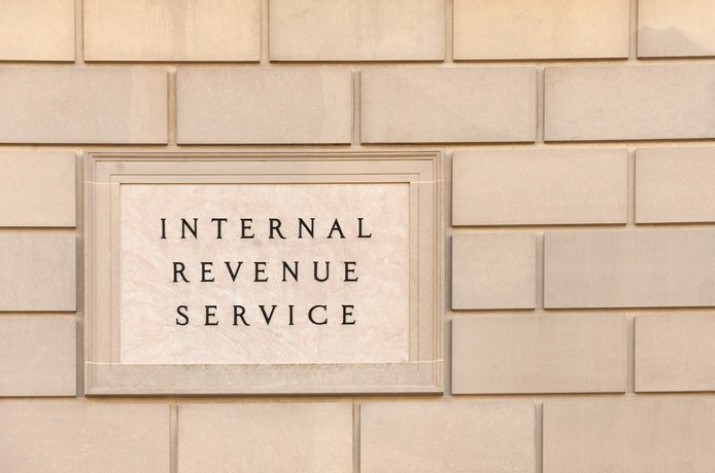
December is here, and taxpayers are running out of time to make last-minute planning moves for the 2019 tax year. In order to make sure that your 2019 tax return has as small a tax bill as possible, it makes sense to pay close attention to any tax breaks that you’re qualified to take.
Tax credits are some of the most valuable breaks taxpayers can use, as they reduce your tax liability on a dollar-for-dollar basis. Yet there’s a lot of confusion about tax credits and whether you can qualify for them. The IRS recently gave some valuable guidance on tax credits, and now’s the time to take a close look to see if you might be able to claim them on your 2019 return.
1. Earned income tax credit
One of the most popular tax credits is the earned income tax credit, which is available to low-income and moderate-income workers. The amount of the refundable credit depends on the size of your family and your total income, with the maximum credit amount of $6,557 for those with three or more qualifying children, $5,828 for those with two children, and $3,526 for those with one child. In general, for you to qualify, your child (or children) must be younger than 19 or a full-time student younger than 24 and live with you for more than half the year. Those who have no qualifying children can qualify for a more modest credit.
The biggest benefit of the earned income tax credit is that it’s refundable. That means that even if you don’t have any tax liability, you can still have the credit added to your tax refund.
2. Child tax credit
Those with qualifying children under age 17 can also receive the child tax credit. The maximum amount is $2,000 per child, and up to $1,400 of that amount counts as a refundable credit for those who owe no taxes.
The child tax credit is available to a much wider set of taxpayers. Income limits are at relatively high levels of around $200,000 for single filers and $400,000 for joint filers. Those limits are higher than they were in the past, so even if you weren’t able to claim the credit previously, it’s worth checking to see if you can do so now.
3. Credit for other dependents
Even if someone who relies on you financially doesn’t qualify as a child for purposes of taking the child tax credit, you might be able to claim the credit for other dependents. That includes children who are 17 or older, as well as other dependents such as parents or other relatives for whom you provide financial support.
However, the credit for other dependents isn’t as generous as the child tax credit. The maximum amount is $500 per dependent, and none of that amount is refundable. Nevertheless, if you owe taxes, the credit can be quite handy in reducing your tax bill.
4. Education credits
A couple of different credits help taxpayers who are paying educational expenses. The American Opportunity Tax Credit pays 100% of the first $2,000 and 25% of the next $2,000 in educational costs for undergraduates for up to four years of college. The Lifetime Learning Credit pays 20% of up to $10,000 in educational costs, with a much broader set of permissible schooling that includes graduate school, as well as nontraditional programs.
5. Use the IRS interactive tax assistant
The IRS knows that dealing with tax credits can be tough, so they put together an online tool to help taxpayers figure out whether they qualify. The IRS interactive tax assistant has a host of topics to provide taxpayers with more information. In particular, the tax credit section of the ITA website can walk you through eligibility requirements and give you other valuable information to evaluate your situation.
Tax season is right around the corner, and it’s not too early to start planning for preparing your 2019 tax return. If you’re eligible for tax credits, then they could help boost the size of your tax refund and make you a lot happier about filing your taxes in the coming months.























